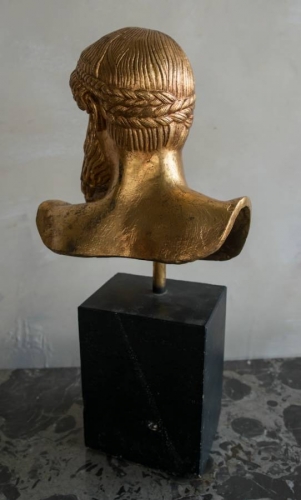
However, there is still room to challenge the wide application of the term (pp. Indeed, Egypt’s policies towards its southern as well as northeastern neighbors have been persuasively identified as “imperialism” by modern scholarship. The term has then been adapted and established to identify domination policies of other ancient territorial powers classified as ‘empires’, including pharaonic Egypt. political thought, to describe modern cases of political dominance, reflecting, nevertheless, the classical paradigm of Rome (pp. As an idea, it stems within the sphere of the 19th c. The term “imperialism” describes models of domination of a national entity over others that combine territorial expansion, political control, economic exploitation, and cultural influence. As for Egypt’s boundary, it was mostly formed as a buffer zone rather than a borderline.

Finally, Egyptian border-related terms are used in a strictly local symbolic cultural context but not in the one of international diplomacy. This review highlights differences between modern and ancient conceptions of land domination. Seeking to explore whether the use of modern terms on ancient Egypt may be an anachronism, this paper reviews the scholarship on (a) Egyptian records documenting conquests and (b) contextual archaeological evidence from the southern Near East itself. Furthermore, traditional scholarship also presents Egypt’s borders in such a way that Egypt appears as a solid territory with fixed borders, despite evidence pointing to a different model of geographical division. To refer to this period, historians often use the terms Egyptian “empire” and Egyptian “imperialism”, extending terminology coined in the 19th century to describe modern cases of political dominance to Late Bronze Age Egypt.

During this era, expansive wars, diplomatic action and land administration/governance reforms led Egypt to control a large part of modern Israel, Palestine, Lebanon and Syria.


This paper aims to define the way Egyptians perceived the boundaries of their land and reassesses the impact of Egyptian colonialism during the Ramesside period (c.


 0 kommentar(er)
0 kommentar(er)
